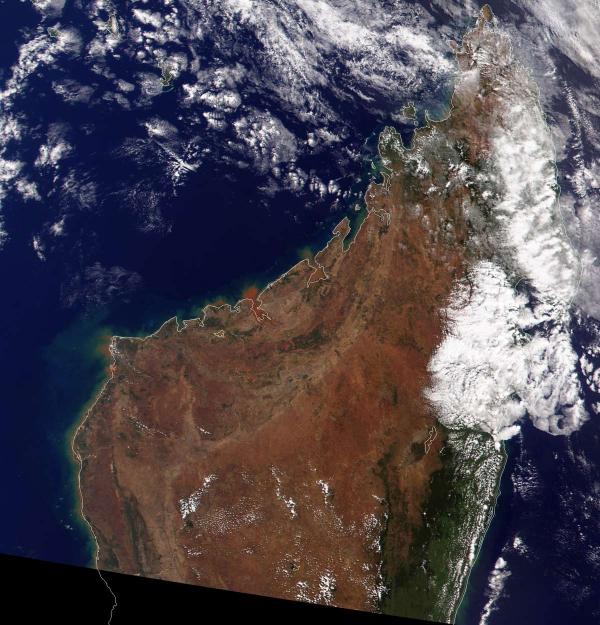'Red List' of Endangered Ecosystems Proposed


The International Union for the Conservation of Nature moved closer to approving its new Red List of Ecosystems, which measures an ecosystem's risk of collapse, this week at the World Conservation Congress in South Korea.
The IUCN is known for its authoritative Red List of Threatened Species, which created globally accepted criteria for assessing extinction risk. The new conservation tool takes a similar approach to entire ecosystems, determining the danger to an individual ecosystem, comparable to measuring the danger of a species going extinct.
Scientists presented several test cases for the ecosystem list at the meeting, in preparation for the official launch of the Red List next year. A formal proposal to IUCN leadership to adopt the Red List criteria is planned for early 2013, said Jon Paul Rodriguez, leader of the IUCN Commission on Ecosystem Management’s Ecosystems Red List Thematic Group. Funding is in place for identifying vulnerable, endangered or critically endangered ecosystems in the Americas, from Alaska to Patagonia, by 2014, Rodriguez told OurAmazingPlanet. Organizers hope to complete global coverage by 2025.
Ecosystem extinction?
The details of the criteria that will be used to assess which ecosystems are in danger are planned for publication in a scientific journal later this year.
According to the IUCN, the list will help guide conservation action, including land use planning and investment priorities, by evaluating the risks of ecosystem collapse.
"The risk assessment will help people identify where key threats are, and then identify what can we do about it," said Edmund Barrow, head of the IUCN's Ecosystem Management Program.
Get the world’s most fascinating discoveries delivered straight to your inbox.
"We limit the assessment to the likelihood of an ecosystem disappearing," Rodriguez said. "We're letting others take it a step further into the priority-setting world."
An ecosystem is an area of land and/or water plus the species living there. For example, an ecosystem could be a lake or system of lakes, a mountain or mountain range, a river or river basin, a coral reef or group of reefs, an expanse of desert or a set of caves.
Not all of those who study ecosystems agree with the idea of the list. Ecosystems expert Daniel Botkin said "it doesn't make sense"to compare ecosystems to species."You can't really talk about the extinction of an ecosystem," said Botkin, a professor emeritus at the University of California, Santa Barbara, and author of a new book on climate change and extinctions, "The Moon and the Nautilus Shell." "Ecosystems are systems that are dynamic and changing. An ecosystem doesn't disappear when one species disappears and another moves in," Botkin told OurAmazingPlanet.
Ecosystems at risk
The assessment criteria are currently being tested through projects in the Sipapo Forest Reserve and Falcon State in Venezuela; China's Liaohe Delta; New South Wales, Australia; and in Senegal and New Zealand. In the United States, the IUCN commission is interested in assessing the Midwest's shortgrass prairie and the Mississippi catchment basin, Barrow said. They also plan to study Costa Rica, Colombia and Ecuador. [Images: North America's Tallgrass Prairies]
Completing the Red List of Ecosystems will require additional fundraising for future scientific studies. "It does seem like a great concept, but the cynical side of me is concerned that this is going to dilute other efforts that are already out there," said Dodd Galbreath, a policy analyst and executive director of the Institute for Sustainable Practice at Lipscomb University in Nashville.
"In a world of increasingly limited resources for nonprofits and scientific organizations, there are already a lot of organizations doing this and you have to wonder why we need another one," Galbreath said.
The IUCN also plans to introduce another list – a Green List – to recognize efforts to prevent ecosystems from becoming more threatened. "There are some direct benefits of having the carrot and stick, though the Red [List] is not quite a stick," Barrow said.
Held once every four years, the World Conservation Congress runs through Sept.15. Some 8,000 people from 170 countries have gathered on Jeju Island in South Korea, representing government agencies and nongovernmental organizations as well as scientists, business and community leaders. A list of the 100 most threatened species also came out of the meeting.
This story was provided by OurAmazingPlanet, a sister site to LiveScience.



